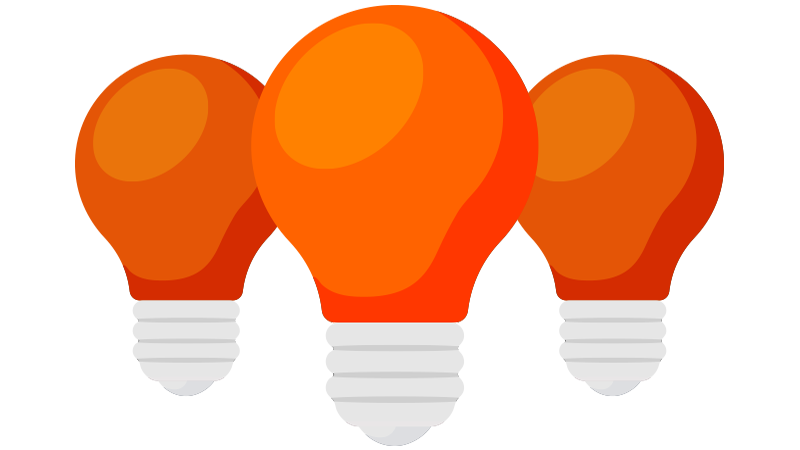Exchange-traded funds (ETFs)
ETFs provide an easy, low-cost way to invest in indexes, sectors and areas

What are ETFs?
ETF stands for exchange-traded fund. Invented in the early 1990s, ETFs are investment funds that can be traded on stock exchanges in the same way equities are.
ETFs started their life as ways to track a broad basket of stocks using an index (explained below), such as the S&P 500, Dow Jones Industrial Average or FTSE 100.
Investors still mostly use ETFs to track these big-name indices. However, over the years, ETFs have become more sophisticated. They now offer the ability to track a wide range of other asset classes such as bonds, property, currencies or commodities (such as gold and oil). They can also be used to track more niche baskets of stocks.
Benefits of investing in exchange-traded funds
- Invest in a wide range of asset classes, sectors or countries
- Lower cost, compared to most actively-managed funds
- Offer instant diversification
- Easy to trade (priced and dealt throughout the day)
- Can access previously hard to reach parts of the market – such as commodities
How do exchange-traded funds work?
The majority of ETFs will track an underlying index, such as the FTSE 100 or S&P 500. An index is a basket of assets, such as stocks, bonds or commodities, chosen to represent the performance of a market or an asset class.
ETFs aim to provide the performance of an index (minus its fees). This is achieved through buying the shares of the underlying index it is supposed to mirror. This means that if you use a Vanguard ETF to track the FTSE 100, Vanguard buys the shares held in the index in question. For larger indices, such as the MSCI World Index, ETFs invest in the majority of shares rather than all of the shares. This is because the costs of buying and selling the smallest shares can outweigh the benefits of owning them because they comprise such a small part of the index in percentage terms.
Exchange-traded funds are low-cost
ETFs generally have low management charges. Although standard dealing charges apply, there is no stamp duty to pay when you buy an ETF. A developed market ETF can cost as little as 0.07% a year, or even lower than that. In contrast, an actively-managed fund would typically cost 0.85% a year. ETFs tracking more niche equity indices or assets, however, can sometimes have higher fees.
How to buy exchange-traded funds
Similar to exchange-traded commodities (ETCs), ETFs are listed on stock exchanges and traded throughout the day. You can therefore buy and sell them like shares. Many ETFs are listed on the London Stock Exchange, so you buy them through a platform like interactive investor. Unlike with individual shares, it is not always possible to buy ETFs listed on US exchanges, due to certain regulatory requirements.
These articles are provided for information purposes only. The content is not intended to be a personal recommendation. The value of your investments, and the income derived from them, may go down as well as up. If in doubt, please seek advice from a qualified investment adviser.